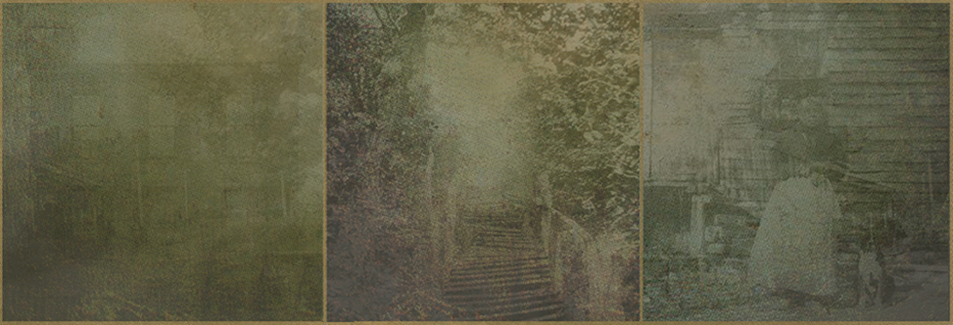| > |
97. I’m Bound For The Promised Land
Written by Samuel Stennett, 1787
Performed by The Charioteers, c. early 1940s
From the CD Good News – 100 Gospel Greats (Proper, UK, date unknown)
I am bound for the Promised Land
I am bound for the Promised Land
Oh who will come and go with me?
Here is a version of Reverend Samuel Stennett’s hymn by the Charioteers, an African American vocal harmony group formed in 1930 by singer Billy Williams. The Charioteers recorded gospel and pop, and their heyday was the 1940s. Such was their popularity with both black and white audiences that they were regular guests on Bing Crosby’s Kraft Music Hall for five years.
The group never recorded with Crosby – they were on different labels, but they scored two hits with Frank Sinatra and a further seven top thirty hits before disbanding in the mid 1950s. [1] The Charioteers were from Ohio. So was John P Parker. Parker wasn’t born in Ohio though, he was born in Virginia in 1827, one hundred and three years before Billy Williams put the Charioteers together.
Parker’s father was a white farmer, his mother was a slave. [2] Born a slave, Parker bought his freedom for $18,000 when he was eighteen. In 1850 he moved to Ripley, Ohio. He married, built a house on 300 Front St, and behind the house he built and managed the Ripley Foundry and Machine Company, which was still running in 1981.
If you’re ever in Ripley you can visit Parker’s house. It is a national historic landmark, not so much because of Parker’s public, legal achievements, of which there are many, but because of his illegal involvement in the Underground Railroad, the clandestine route of safe houses run by slaves, former slaves, and sympathetic whites, along which generations of runaway slaves from America’s southern states could plot their journey to freedom in the northern states.
As Cincinnati Enquirer journalist Betsa Marsh put it, for these fugitives, Ohio was the Promised Land. [3] and of the estimated 100,000 slaves who escaped, perhaps 40,000 came through Ohio. [4] Parker was one of the Underground Railroad’s ‘conductors’.
Parker crossed the Ohio River and led at least an estimated thousand fugitives from Kentucky to the safe houses of Ripley. [5] He did this at no small personal cost. The Fugitive Slave Act of 1850 guaranteed that his capture would spell the end of his own freedom. A keen eyed anti abolitionist could earn him or herself $1000 for bringing him in, [6] presumably dead or alive.
John P Parker worked alone: unlike many other abolitionists, he remained separate from organised church groups, which he viewed as an ‘enemy of the people.’ [7]
Sources
[1] http://www.singers.com/jazz/vintage/charioteers.html
[2] http://en.wikipedia.org/wiki/John_Parker_(abolitionist)
[3] Betsa Marsh, Cincinnati Enquirer, June 22, 2008.
http://www.courier-journal.com/article/20080622/FEATURES05/806220360/1010/
FEATURES05/For+many+slaves++Ohio+was+the+Promised+Land
[4] Marsh
[5] http://www.aaregistry.com/african_american_history/1227/John_P_Parker_abolitinist_and_inventor
[6] http://en.wikipedia.org/wiki/John_Parker_(abolitionist)
[7] http://www.aaregistry.com/african_american_history/1227/John_P_Parker_abolitinist_and_inventor
| < | > |
